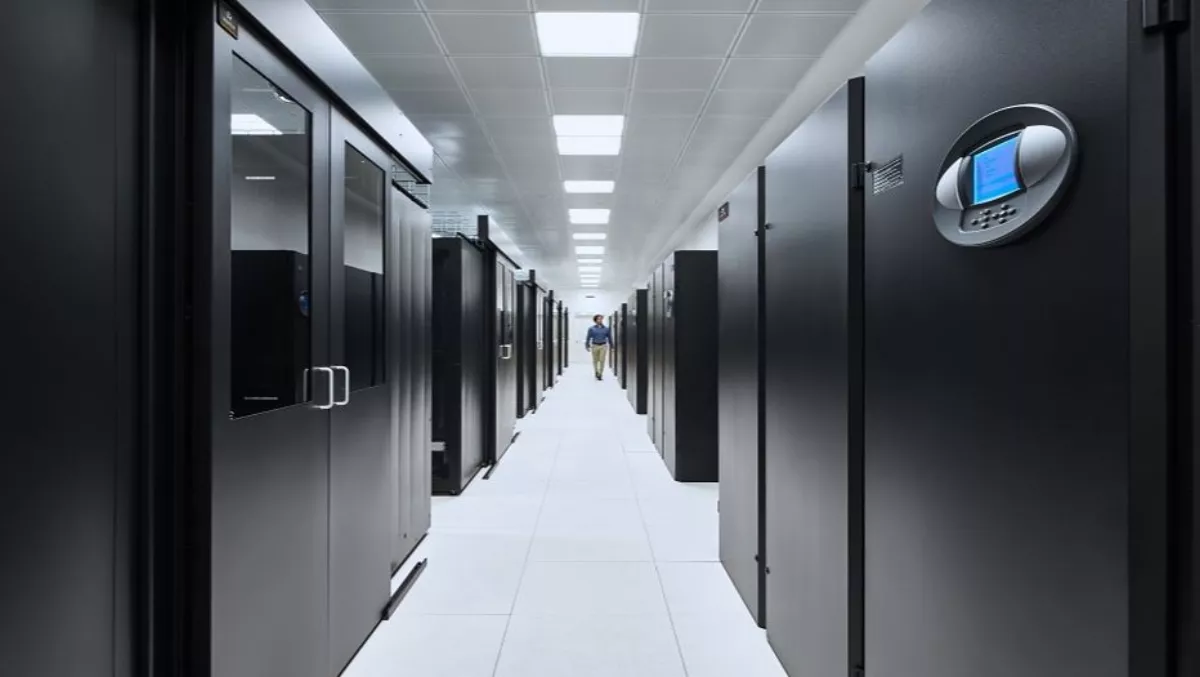
Retrofit or replace: Four scenarios for optimising cooling systems
Similar to the equipment it protects, infrastructure technology is constantly evolving, becoming more efficient, intelligent and modular.
For data centers attempting to optimise their operations for management and efficiency, data center cooling is a top contender for the question "Retrofit or replace?".
There is no one-size-fits-all answer to the question of "Retrofit or replace?".
Vertiv has shared the data center cooling experiences of some of their customers, including QTS, Verizon Wireless and an AU Telco.
To help get you started, Vertiv has released four payback scenarios that detail the cost of upgrading cooling equipment and the projected payback periods.
In virtually every situation, retrofitting or replacing data center cooling systems makes financial sense.
Payback periods vary depending on the age of the equipment and the goals of the company in managing product lifecycles.
Yet, these payback periods are all relatively short, from 18 months to just under four years, thanks to gains in energy efficiency, the availability of energy rebates and lower maintenance costs.
Vertiv looked at four common scenarios for cooling equipment:
1. Obsolete Equipment, More than 15 Years Old. 2. Newer Equipment, Less than 10 Years Old. 3. Older Equipment already on a Short Replacement Schedule. 4. New Equipment Less than a Year Old.
The starting point for each was a 1MW data center, operating in Columbus, OH, with a raised floor and 14 rows of 14 racks.
Retrofitting included adding variable speed drives or fans, adding modern controls and installing aisle containment and wireless sensors.
Replacing meant adding new equipment featuring free-cooling economisation, advanced system controls, wireless sensors and aisle containment.
In the first scenario upgrading, obsolete equipment could reduce cooling and energy costs from a whopping $462,000 to only $128,000 a year.
On the opposite end of the spectrum, there is also a case for upgrading new equipment too.
Given how new your equipment is, a bit of fine-tuning and optimisation are worth considering so you can maintain or even improve the high levels of reliability and efficiency as you make changes in your data center.
Optimising your unit controls can help you do that. Adding the new Liebert iCOM-S thermal system supervisory controls with wireless sensors and aisle containment will let you run your cooling system more efficiently and will likely increase economisation hours.
You could reduce your annual cooling energy costs from around $183,000 to $128,000.
Different organizations face different challenges in their data centers and there are many ways to optimize your data center, with or without a complete retrofit.
The first step in optimization is having a clear picture of the overall performance of the data center facility. A Data Center Optimization report helps identify how much energy each component of your data center consumes and spots areas for improvement.
Once the facts are laid out and the problem areas identified, the next step would be to improve overall data center design. Note that improving design doesn't necessarily mean overhauling the data center. It could simply mean changing the way your equipment is run.


